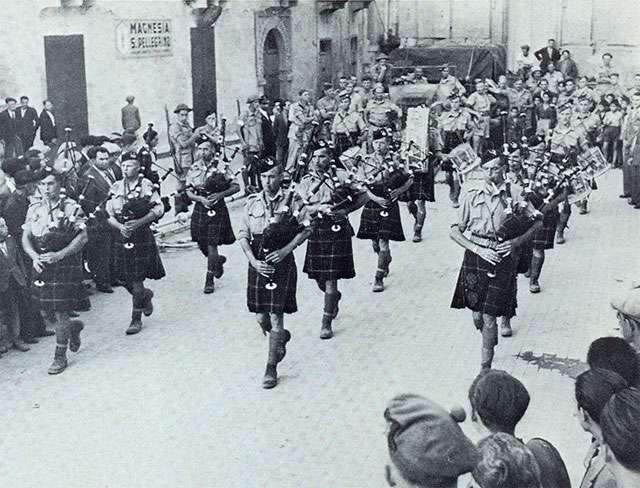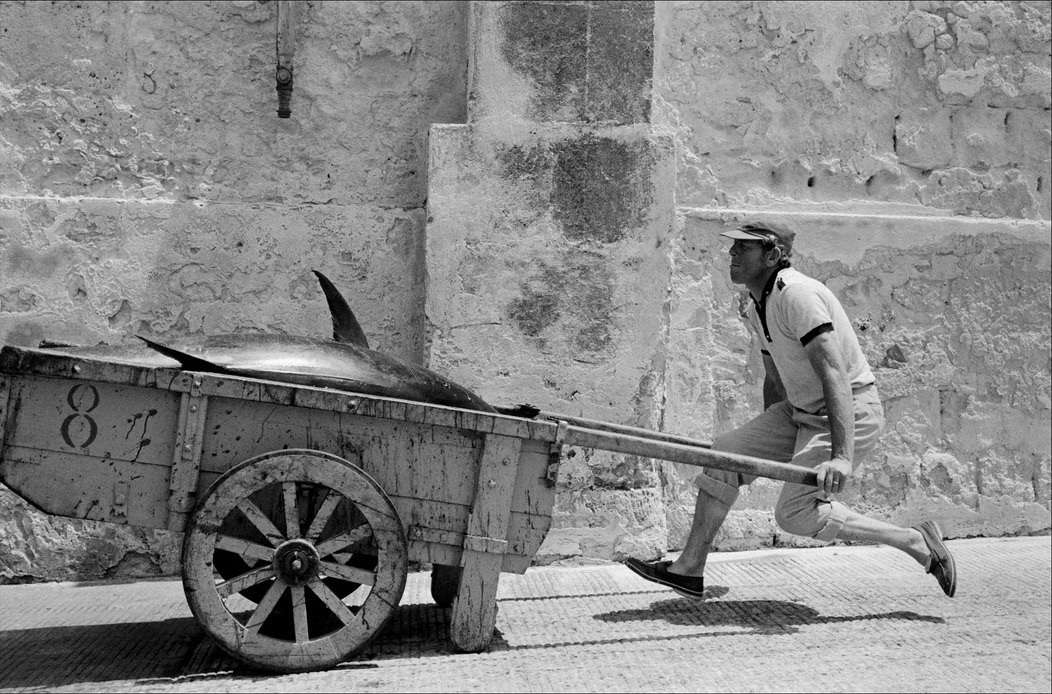First post reveals not much, as its basically my current interpretation of the usual assumptions. For the action, any posts will be a few turns behind the actual game.
We've agreed to swap sides once this game is over.
Planning
Air OOB
As ever in WiTW, first task is to sort out the allied air OOB. Especially in the Med this is a guddle where the 2 and 4 engined level bombers are mixed up across the air commands. My logic is that if I set up an AD I like to be fairly sure what is in it (without too much secondary checking), so at the least that means separating out the British 2 engined bombers (Baltimores, Bostons, Mitchells, Blenheims and Wellingtons) from the 4 engined stuff. The 2 engined bombers are very useful but at range only carry a few 250lb bombs.
Allied recon planes.
Again, my intent is simplicity, I really don't want to remember to change loadouts and altitudes. Second is these need to be conserved, you don't get many replacements and you need a lot in 1944.
So, in the UK I put the low level Mustangs into Fighter Command and the US F6 in 9 AAF. I'll use these sparingly over N France and the Benelux. In the Med they go into Malta Air Command, but again they are a tactical asset.
The Spitfires go into Tactical Air but will mostly fly over the Ruhr in support of Bomber Command. The F5, F9 and Mosquitos go into the various strategic airforces.
Level Bombers.
In the UK, leave the Halifaxes, Lancasters and Stirling IIIs [1] in Bomber Command. Apart from the Stirlings these are interchangeable. The Stirlings are (I think) worth keeping as you have a fair few of them, use them on separate lower level raids on less well defended targets – towns with #4 pop pts are a good usage.
As above, the 2 engined British bombers (& the Stirling Is) go to 2 Tactical Air.
The US level bombers are all 4 engined and in 8 AAF. Even so its worth noting that the B24s are longer ranged (if more vulnerable) and the B26s can carry a very heavy payload (if they operate without drop tanks). So I seperate these out but use the B-17s as a single block. In the Med, its a mess so I swap around to get the B25s into Tactical Air (along with the British 2 Engined stuff) which leaves Strategic Air relatively small at the start.
The Spitfire mess
Sorting out this is a game in itself not helped by the rather idiosyncratic approach to numbering variants. Having said that, they are good. So what I do is to convert some (the Norwegian, Belgian and Dutch formations are good choices as you need to conserve that pilot stock) to FB (mix of Typhoons and Mosquitos) at the start. The rest of the UK based Vb/Vc I convert as they hit low morale or to shift the planes to other formations. Basically I'll drive FC into the ground by the autumn if I can by AS missions over Belgium and just up to the Ruhr. By then something like 60% of the at-start units are retrained as FB.
Of the alternatitive FB-F, I like the Kittyhawks, they have range and seem to be effective. Mosquitos are invaluable as they can protect the type of raids I like to do with the British 2 engined LB (so get moved over into tactical air).
Tactical Bombers/FB
I tend to move a lot of the Typhoons from the UK to the Med at the start. You have decent production and in any case the Hurricane IIC is a very good ground attack aircraft for 1944. The longer ranged Mosquito FB also go to the Med where they can be invaluable (I tend to keep them resting unless a suitable mission comes up).
So after several hours of moving air units, this is what I had.
UK:




Med



Strategy
Land
For 1943 all (land) roads lead to Rome. Being pragmatic, that is the focus of the Italian Campaign and pushing for more needs to be carefully justified. But if you gain the city in 1943, the accumulated VP will offset any losses in Italy.
The other reason to fight in Italy is to weaken the Germans. My basic attitude is the German military has 2 weak spots – trucks and medium tanks (and, to a lesser extent, Stugs). So the Italian campaign is all about destroying them as that slows the recovery of any Pzr formations that you damage.
I have a variety of favoured spots for the N France invasion, so leave that issue for now.
Air
So the air war?
The Luftwaffe has its own bottle neck – trained pilots. At some stage in 1944, most Axis fighter formations will need to swap over to untrained pilots, and at that point the air war is over. But if that cross-over comes at the end of 1944 its pretty irrelevant as poor weather and the volume of allied planes makes the Luftwaffe unimportant in any case. If it comes say August/September 1944 then the Allies can really cut loose.
So at one level, the Allied air war is an exercise in removing trained German pilots, but you want them out of the way so you can blow up the real threat ... here's reminder (in case you haven't been paying attention):


The good thing is the Germans can't just hide in 1943 as that is also the last time they can actually use their airforce to real value. If the air battles happen on their terms, I won't get the attrition I need, just weakened formations.
This is also one reason not to neglect AA assignment to Allied ground formations, you can get very badly caught out.
As a side note, Allied bomber losses are relatively unimportant, what hampers the Allied bombing campaign is low morale and low morale is often caused by damaged and disrupted planes not outright losses.
So German fighters can badly delay the overall bombing campaign by simply damaging my bombers.
So in NW Europe, I have 3 broad goals:
1 – Get VP. Bomber Command is well suited to hitting manpower and HI, so it can do that. I take a more relaxed view of the U-Boats but there is no point shedding all my bombing VP if I let that issue get out of control.
2 – Disrupt the transport network. At this stage I don't hit the ports, but will try to reduce the railyards. This is more of a 1944 job but it does no harm to get started early.
3 – Hit the weak spots. A mix of the British 2 engined bombers and 8 AAF basically goes after the truck and medium tank production. There is quite a lot of this, plus useful railyards in N France, Belgium and the Netherlands, that can keep the British busy. The B-17s of 8 AAF get the harder stuff in Germany.
#3 is probably the instance where your air and ground strategies mesh.
Historically the Allies were too worried (hindsight is wonderful) about the potential threat of the Luftwaffe in 1944 so went for fighter production sites (the Pointblank directive). Later on fuel and rail capacity were identified as the key bottlenecks. I've nothing against bombing fuel (you even get VP for this outside of Germany)
In the Med, there are 2 main goals for the airwar:
1 – attrition
2 – attrition
One type comes off ground attacks of various types, designed to undermine the ToE of the front line Axis formations. The other comes out of bombing the Italian rail net (and ports). This will rarely choke resupply efforts but it shifts it to using trucks. And those trucks break down or get bombed, they are also not available to move German front line troops.
Later on what becomes 15 AAF can bomb S Germany, but comes after Rome.
[1] At one stage the common approach was to convert these as fast as possible, I actually now think they have a residual value and it eases the demand on your Lancaster production.








































































